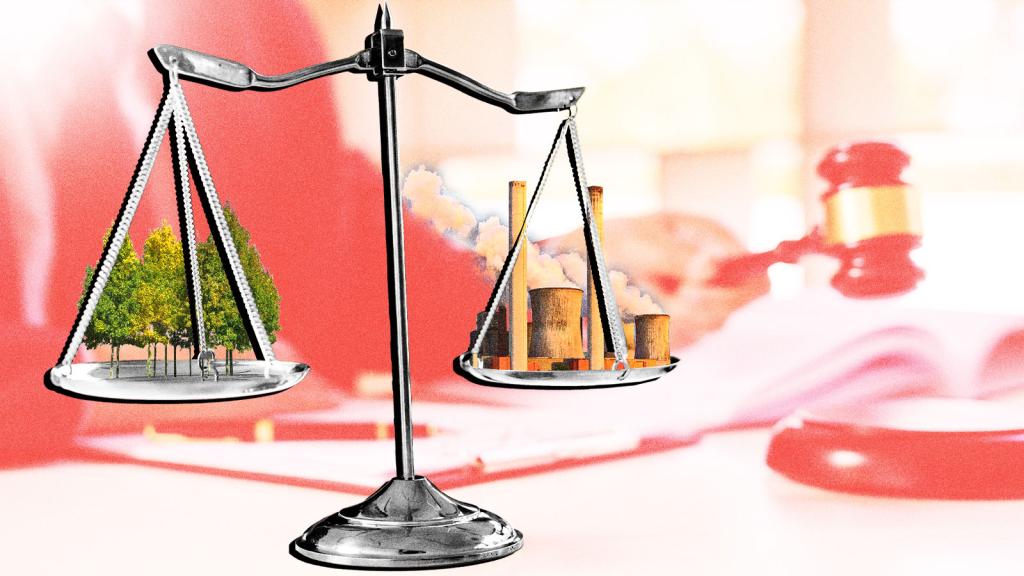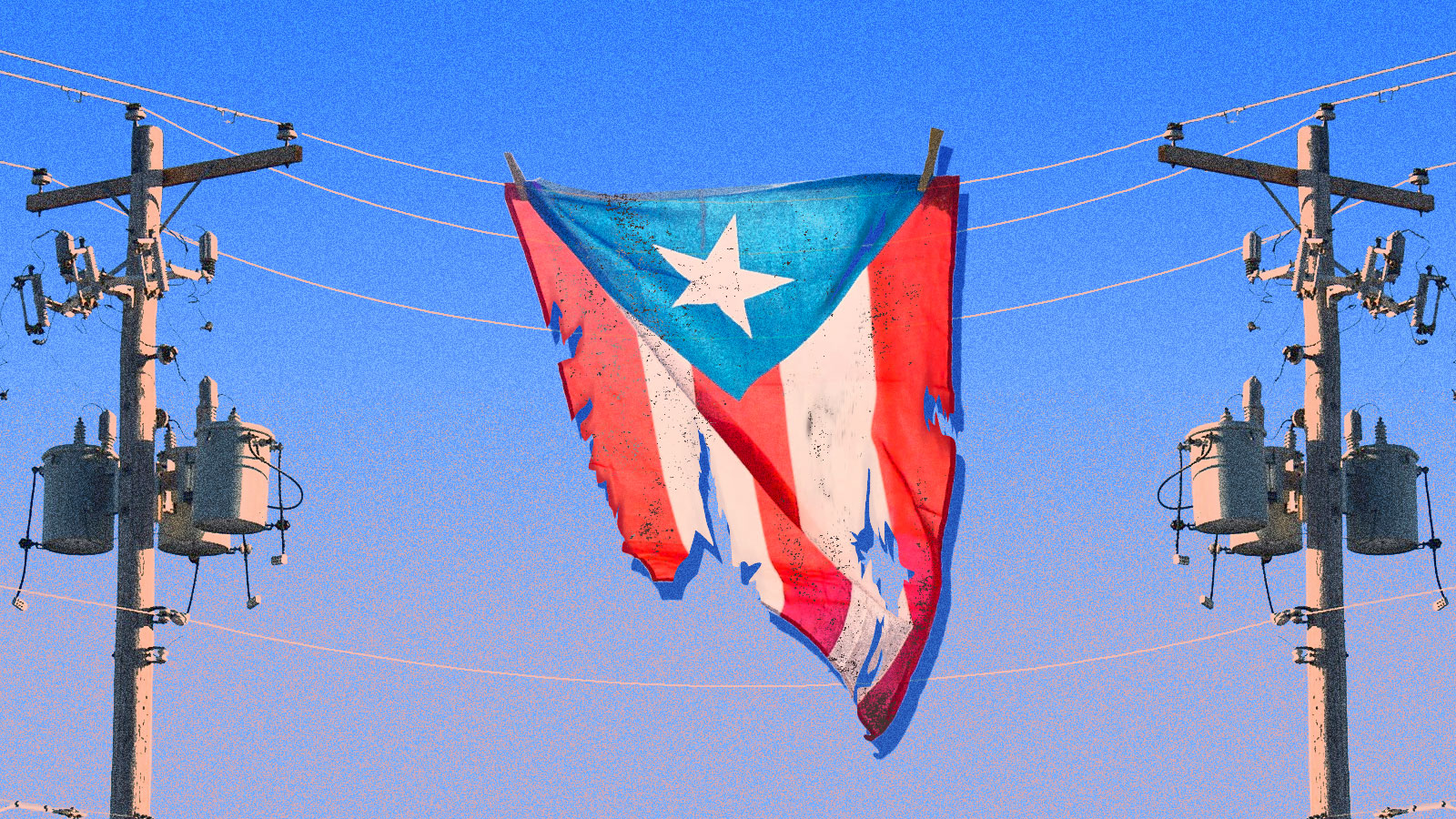Three years after Hurricane Maria’s 155-mile-per-hour winds swept over Puerto Rico, the Trump administration last week announced two multi-billion dollar grants to help rebuild the island’s infrastructure, much of which was destroyed by the Category 5 storm, which also killed more than 3,000 of the island’s residents.
“[The Federal Emergency Management Agency] will award almost $13 billion to help rebuild Puerto Rico’s electrical grid system and spur recovery of the territory’s education system — the largest obligations of funding ever awarded,” White House Press Secretary Kayleigh McEnany said in a statement announcing the funds. About $10 billion will be allocated toward fixing the island’s electrical grid.
Some elected officials, including Democratic Representative Nydia Velázquez (who is originally from Puerto Rico), have argued that the money, though necessary for the island’s ongoing recovery, is coming years too late. The timing of the announcement has led to speculation that President Trump is vying for support from Puerto Rican residents of the continental U.S. in his reelection bid.
Others are criticizing the aid for extending a lifeline to the island’s fragile fossil fuel infrastructure. Federico Cintrón-Moscoso, director of the environmental advocacy organization El Puente, noted that the announcement did not mention solar energy or other renewable sources. He argued that, if officials don’t emphasize renewable energy and resiliency, households across the island are going to continue to experience blackouts, which have been a regular occurrence for many in Puerto Rico since Hurricane Maria.
Several major natural disasters and extreme weather events tested the island’s electrical grid in just the past year alone. Since December, Puerto Rico has been rocked by multiple earthquakes with a magnitude above 4.0 on the Richter scale. The initial tremors began at the end of last year and lasted for weeks. Neighborhoods across the southern half of the island were left in the dark after a 6.4-magnitude quake damaged the Costa Sur power plant. Several other earthquakes occurred in the months that followed.
Hurricane Isaias cut off power for more than 300,000 Puerto Ricans in July. The storm is likely to be one of several that will test the island’s fragile grid as 2020’s hurricane season continues with an alarming number of storms forming near the Caribbean.
Electricity in Puerto Rico is distributed by a maze of towers, poles, and cables that stretch from fossil fuel-burning plants — most of which are in the southern part of the island — through the Cordillera Central, a mountain chain that splits the island in two. It’s a spotty system that led to blackouts in August 2017 — even before Hurricane Maria caused some of the largest power outages in U.S. history. Environmental advocates say that the grid should be built back as a decentralized system with distributed solar energy and other renewable sources as its backbone, so that the system is sustainable and more resilient to extreme weather. Recent developments on the island, however, have made them wary.
In hopes of fixing the grid this June, Puerto Rican authorities granted a 15-year, $1.5 billion contract to LUMA, a new electricity company headquartered in San Juan, the island’s capital.
“We intend to invest our time, expertise and resources in LUMA to operate a world-class electric grid,” a company official said in a statement announcing the contract in June. “LUMA also will … facilitate delivery of a modern, secure, resilient and affordable electric grid for the residents of Puerto Rico.”
But environmental advocates on the island are concerned that the contract will allow the company to abandon its required duties if there is a major interruption like an extreme weather event, according to Ruth Santiago, a lawyer representing a coalition of environmental organizations in Puerto Rico.
“[LUMA is] going to maintain the current model … which means that they’re going to continue the burning of fossil fuels,” Cintrón-Moscoso told Grist. “They’re not really helping the transition to renewables.”
Cintrón-Moscoso said that distributed renewable energy sources, which could be taken down during hurricanes and similar disruptions, could shorten the time between blackouts, because residents will have more control over their own energy. It could also mean shorter wait times as the power authority repairs broken poles or severed wires in remote areas that are harder to reach after a storm.
For some on the island, going months without steady access to electricity could be a death sentence — especially during a pandemic that has already killed at least 200,000 Americans.
Puerto Rico has a large elderly population: More than 20 percent of the island’s residents are over the age of 65, according to the U.S. Census Bureau. And more than 38 percent of residents have some sort of disability, compared to about 25 percent in the 50 states, according to the Centers for Disease and Control Prevention. Both groups are especially vulnerable if long-term power outages delay essential medical services.
An article originally published in Huffpost outlined how power outages led to the premature death of Anibal Dones Torres, a 54-year-old Puerto Rican who suffered from asthma. There was no power in San Lorenzo in early 2018 when he woke up to an asthma attack.
“You could see how desperate he was,” his sister Ramonita Dones told Huffpost.
By the time his family was able to get their generator up and running so he could operate his breathing machine, it was too late to help Dones Torres.
Until the next wave of blackouts, advocates like Cintrón-Moscoso are continuing to push for solar panels and other forms of renewable energy to help individual households on the island control their own energy usage and better prepare for future storms.
“We’re asking for renewables on our roofs, like solar panels and batteries,” he told Grist. “That’s the model we think is better for Puerto Rico.”



